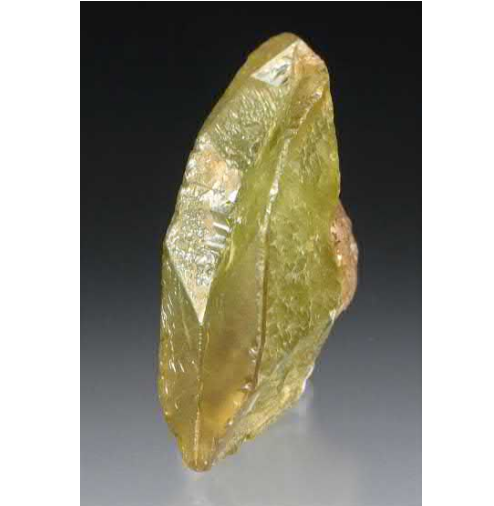The isotopes of Calcium
May 28,2024
Natural Ca is a mixture of five stable isotopes (40Ca, 42Ca, 43Ca, 44Ca, and 46Ca) and one radioisotope with a half-life so long that it can be thought of as stable for all practical purposes (48Ca, with a half-life of about 4.3 ×1019 years).
Ca is the first (lightest) element with six naturally occurring isotopes. The most common isotope is 40Ca, making up 96.941%. It is formed in the silicon-burning process by fusion of alpha particles and is the heaviest stable nuclide with equal proton and neutron numbers; in addition, its occurrence is supplemented slowly by the decay of primordial 40K. Adding another alpha particle would form unstable 44Ti, which rapidly decays via two successive electron captures to stable 44Ca, making up 2.806% of all natural calcium and is the second most common isotope. The remaining four naturally occurring isotopes, 42Ca, 43Ca, 46Ca, and 48Ca, comprise less than 1% each. The four lighter isotopes are mostly formed by the oxygen-burning and silicon-burning processes, while the two heavier ones are formed by neutron-capturing processes.

46Ca is mainly formed in a “hot” s-process, as it needs a rather high neutron flux so that short-lived 45Ca can capture a neutron. 48Ca is formed through electron capture in the r-process in type Ia supernovae, where high neutron excess and low enough entropy guarantee its survival. 46Ca and 48Ca are the first “classically stable” nuclides with a six-neutron or eight-neutron excess, respectively. While extremely neutron-rich for such a light element, 48Ca is very stable as it is a doubly magic nucleus with 20 protons and 28 neutrons arranged in closed shells. Its β decay to 48Sc is strongly hindered due to the significant mismatch in nuclear spin: 48Ca has zero nuclear spin, being even, whereas 48Sc has spin 6 1 , so the decay is forbidden by the conservation of angular momentum. Although two excited states of 48Sc are also available for decay, they are also forbidden due to their high spins. Consequently, when 48Ca does decay, it does so via double β decay to 48Ti instead, making it the lightest nuclide known to undergo double β decay. Theoretically, 46Ca can also undergo double β decay to 46Ti, but this has never been detected. The lightest and most common isotope, 40Ca, is also doubly magic and could undergo double electron capture to 40Ar, but similarly, this has never been detected.
Ca is the only element that has two primordial doubly magic isotopes. The experimental lower limits for the half-lives of 40Ca and 46Ca are 5.9×1021 and 2.8 ×1015 years, respectively. Apart from the practically stable 48Ca, the longest-lived radioisotope is 41Ca, which decays through electron capture to stable 41K with a half-life of 1.03×105 years. Its presence in the early solar system as an extinct radionuclide has been deduced from an excess of 41K: trace amounts of 41Ca also still exist since it is a cosmogenic nuclide, continuously reformed through neutron activation of natural 40Ca.
A large number of other radioisotopes are known, ranging from 34Ca to 57Ca: they are all much shorter-lived than 41Ca, and the most stable among them are 45Ca with a half-life of 163 days and 47Ca with a half-life of 4.54 days. The isotopes lighter than 42Ca typically undergo β1 decay to isotopes of K. In contrast, those heavier than 44Ca typically undergo β2 decay to isotopes of Sc, although near the nuclear drip lines, proton emission and neutron emission begin to be significant decay modes as well.
- Related articles
- Related Qustion
- What's the flame color of Calcium? Jan 25, 2024
?Calcium salts produce an orange flame. However, the color may be muted, so it can be hard to distinguish between the yellow of sodium or gold of iron.
- What is Calcium used for Sep 29, 2019
Calcium, chemical symbol Ca, atomic number 20, and relative atomic mass (i.e., atomic weight) 40.078, is the third element of the alkaline-earth metals of main group IIA of Mendeleev’s periodic chart. Its name is derived from the Latin word
- The occurrence and preparation of Calcium Sep 29, 2019
Calcium is a chemical element with the symbol Ca and atomic number 20. As an alkaline earth metal, calcium is a reactive metal that forms a dark oxide-nitride layer when exposed to air. Its physical and chemical properties are most similar
p-Anisaldehyde is a colorless liquid with a strong aroma. It has sweet, floral and strong aniseed odor.....
Nov 13,2024Organic ChemistrySodium caseinate (historically called nutrose) is a very efficient emulsifier, it has a wide variety of uses, from being a major component of cheese, to use as a food additive.....
Nov 1,2024Food Additives








